While it’s still pretty chilly out there, that doesn’t stop some people from taking cold-water plunges. (I live by the ocean, and we’ll see plunge events happening a lot during the colder months. Most are fundraisers—but for some people, it’s a lifestyle.)
A cold-water plunge is a form of cryotherapy—using the cold to improve health. To do a cold-water plunge, you immerse your body in cold water at varying temperatures for different amounts of time. There aren’t any hard-and-fast rules.
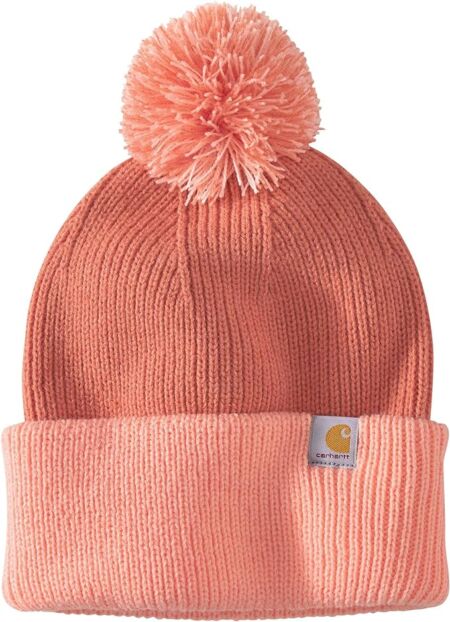
While seeing someone take the plunge on Instagram or TikTok may make a cool (pun intended) social media post, and with the growing popularity of personal-use plunge tubs, it’s good to know about the risks and benefits of cold plunges before you… dive in.
Benefits of cold-water plunges
Robert Allan, PhD, a lecturer at University of Central Lancashire, said there’s some evidence on cold-water immersion for post-exercise recovery and a little on benefits for general health and wellbeing, too.
“There is certainly scope for more research to be completed so that science can confirm results across the board,” Dr. Allan tells Motherly. An immersion in icy water can reduce soreness and fatigue, for one.
The benefits often touted by plunge proponents state that they provide a boost to the immune system, mental clarity, inciting a moderate stress response to improve resilience, an increase in dopamine, and reduction in inflammation—but we don’t have direct research supporting these claims.
In the last 15 years, there’s been more research on benefits of cold exposure. Some research has evaluated cold rooms, and others looked into cold baths and winter swimming. But there’s not a lot of research on plunges for general health specifically.
Cold exposure can improve sensitivity to insulin and blood pressure, and drive improvements in glucose and triglyceride levels, some research has found. That’s from environmental cold exposure, “not necessarily plunges, as it has not been studied under those conditions,” notes Denis P. Blondin, PhD, an associate professor at Université de Sherbrooke in Canada.
Researchers aren’t sure how cold the water should be, how long you should stay in it, how often you should plunge, and how long until you’ll see results, Dr. Blondin says.
James Mercer, PhD, a professor at UiT, The Arctic University of Norway, said people don’t have to dunk their heads underwater for benefits.
“Doing this will cause a much stronger cold stress [shock] response. Many cold swimmers avoid this and wear woolen hats and neoprene gloves and shoes,” he tells Motherly.
(The cold shock response causes blood vessels to tighten up, known as vasoconstriction, to maintain our body temperature.)
“The cold shock leads to a large release of noradrenaline (norepinephrine) which increases our heart rate and breathing rate,” Dr. Allan explains. “People who are inexperienced in cold-water immersion might panic with this increase in heart rate, whilst the increase in breathing rate might lead to a greater chance of inspiring water – leading to drowning.”
Cold-plunge risks
Much of what is known about cold-water immersion is related to the risks, particularly the risks of drowning and of developing hypothermia, Dr. Blondin shares.
Risks include drowning, cardiac events (arrhythmias, heart attack, stroke), and hypothermia, Dr. Blondin says.
Some evidence suggests that too long a duration might increase the inflammatory response, rather than decrease it, Dr. Allan added.
“More is not always better,” Dr. Allan explains. “Using colder temperatures for longer durations does not mean there is going to be a greater positive effect. In fact, it can be quite the opposite.”
Following the science and ignoring the noise
Clearly, researchers don’t know as much about the benefits of cold-water plunges for general wellness as they would like. That hasn’t stopped other people from flooding social media with success stories.
Don’t believe everything you hear about cold plunges, Dr. Blondin says. “They are extrapolating what is done in a lab or based on poor studies to make their claims. They cherry pick studies, or cherry-pick data from studies to make their claims,” he says.
“I have been studying the responses to cold for over 15 years, and there are very clear benefits, but there are also tremendous gaps in our understanding, particularly in understanding the effects of cold-water plunges specifically,” Dr. Blondin points out.
Good news, though: Dr. Blondin thinks there will be more evidence in the coming years that will tell us more about how cold-plunging could help with everything from immunity and metabolic health to mental health and neurological symptoms.
Who shouldn’t cold-plunge
Here’s who shouldn’t take a plunge: Anyone with Raynaud’s syndrome, cold urticaria (which is like an allergic reaction to cold), underlying heart conditions, hypertension, atherosclerosis, heart disease, or those at risk for blood clots. It’s also best to avoid cold-water plunges if you’re pregnant, as it’s recommended to steer clear of temperature extremes during pregnancy.
“There are also some indications that cold plunges may impede muscle growth, so if you are looking to increase muscle mass, this may not be ideal as the cold water seems to reduce the inflammatory response that might be necessary to stimulate the increase in muscle mass,” Dr. Blondin says.
Taking the plunge
Want to try a cold-water plunge for yourself?
Talk to your doctor, Dr. Blondin says. You can also take a course with an instructor to get an idea of what cold-plunging feels like.
Don’t cold-plunge alone… have someone else nearby, he adds. Start slowly for 30-second to two-minute intervals.
“It can be done once or repeated,” Dr. Blondin says.
Heather Massey PhD, a senior lecturer in sport, exercise and health at University of Portsmouth in the UK, says to start with a minute or a few. “Only start swimming when you can talk in full sentences,” she recommends.
“Know how you are going to get out before you get in,” Massey adds.
Emma Moore, PhD, a researcher at University of South Australia City East, said the ideal water temps and times to use for athletic recovery are plunging for 10 minutes at 50 degrees Fahrenheit.
“This has been found to increase perceptions of recovery compared to other temperatures,” Dr. Moore says.
“There is no ideal temperature… cold is cold, although it should be cold enough for you to feel it’s cold. If you do not feel at least a bit cold stressed then it is not cold enough,” Mercer says.
“Take it slowly,” Dr. Blondin says. “You can start with cold showers, then cold baths, then cold-water swimming. Play around with the duration, temperature, frequency and see what works for you.”
Some people enjoy a cold water plunge daily, and others not as regularly, Dr. Mercer says.
“I would think to gain any long term effect one should at least do it on a weekly basis. But this is just my feeling,” Dr. Mercer adds.
Many people say cold-water plunging is one of the best experiences in the world. A lot of people swear it can solve health problems ranging from help with depression to easing rheumatic disorders, Dr. Mercer notes. (Of course, the science doesn’t for sure say that yet, but more research could certainly tell us more.)
“So, if you want to give it a try then be my guest. Just take caution with any health issues that you may have [get a health check] and don’t start alone,” Dr. Mercer says.
Ready to take the plunge? Here are our fave picks to get you started
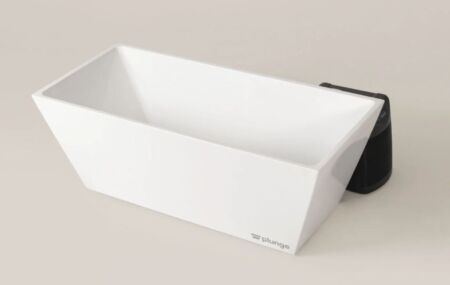

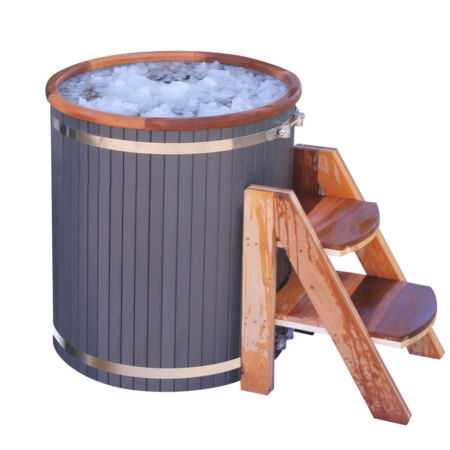

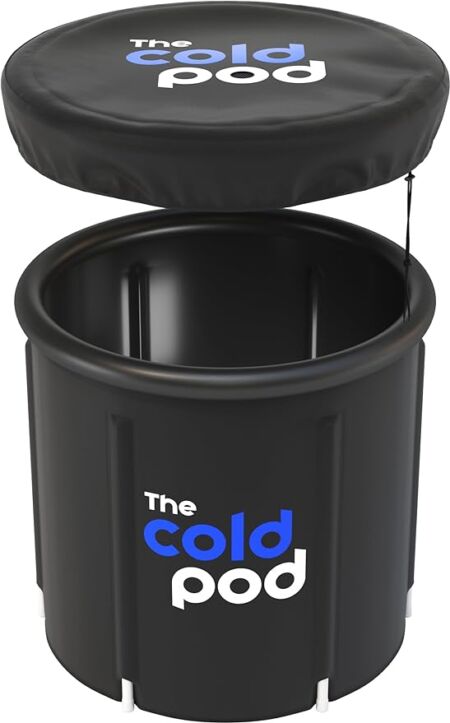

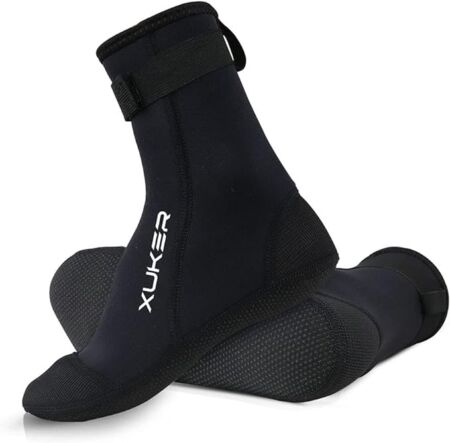

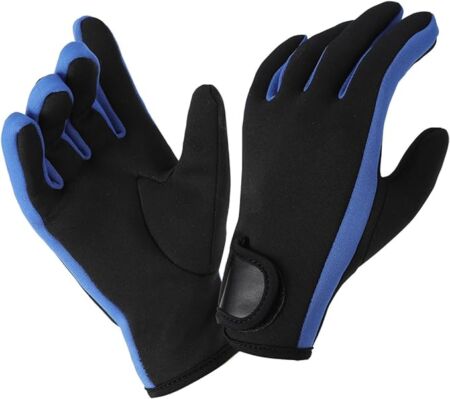

Sources
Allan, S, et al. Athlete, coach and practitioner knowledge and perceptions of post-exercise cold-water immersion for recovery: a qualitative and quantitative exploration. Sport Sciences for Health. 2022;18:699–713. doi:https://doi.org/10.1007/s11332-021-00839-3
Esperland D, et al. Health effects of voluntary exposure to cold water – a continuing subject of debate. International Journal of Circumpolar Health. 2022;81(1):2111789. doi:10.1080/22423982.2022.2111789
Featured experts
Robert Allan, PhD, is a lecturer at University of Central Lancashire.
Denis P. Blondin, PhD, is an associate professor at Université de Sherbrooke in Canada.
Heather Massey PhD, is a senior lecturer in sport, exercise and health at University of Portsmouth in the UK.
James Mercer, PhD, is a professor at UiT, The Arctic University of Norway.
Emma Moore, PhD, is a researcher at University of South Australia City East.

